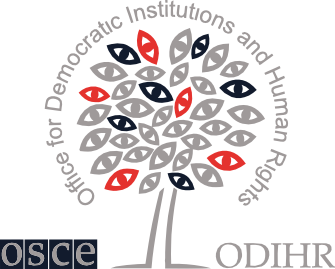Finland
Topic
ODIHR Legal Reviews, Assessments
Variety of useful resources and tools prepared by ODIHR to support legal reform in OSCE participating States. It includes legal reviews of draft and exisiting national legislation and assessments of legislative process.
Opinions
Den finländska lagstiftningen mot trafficking, som har lagts fram för granskning, visar en hög nivå av förståelse för prioritering av hjälp och skydd av offer för trafficking. Även om lagstiftningen till stor del är i linje med internationell rätt kan förbättringar göras för att säkerställa att både lagstiftningen och praxis återspeglar ett förhållningssätt som är baserat på offrens perspektiv och mänskliga rättigheter för att ge hjälp och skydd till offer, förebygga fenomenet och samtidigt säkerställa att effektiv lagföring inte utesluter - utan snarare hjälper till att uppnå alla mål (skydd, hjälp, förebyggande och lagföring)
The legislation of Finland on anti-trafficking provided for legal review displays a high level of understanding for the prioritisation of assistance and protection of victims of trafficking in human beings. While the legislation is largely in line with international law, improvements can be implemented to ensure that both law and practice reflect a victims-based, human rights approach in providing assistance and protection to victims, prevention of the phenomenon, and at the same time ensuring effective prosecution, are not mutually exclusive - but rather assist in the achievement of all goals (protection, assistance, prevention, and prosecution).
Legislation
Constitution
Variety of useful resources and tools prepared by ODIHR to support legal reform in OSCE participating States. It includes legal reviews of draft and exisiting national legislation and assessments of legislative process.
Most read documents
Legislation
Criminal codes
National legislative acts on a range of human dimension issues. It offers access to full-text documents, as well as summaries of and excerpts from national constitutions, primary and secondary legislation and case-law from across the OSCE region.
Legislation
Primary and Secondary
National legislative acts on a range of human dimension issues. It offers access to full-text documents, as well as summaries of and excerpts from national constitutions, primary and secondary legislation and case-law from across the OSCE region.
Most read documents
International standards
Case-law
Case law subline. Status of Ratification of the Main International Human Rights Treaties, Conventions and other instruments. International Case-law for selected topics.






